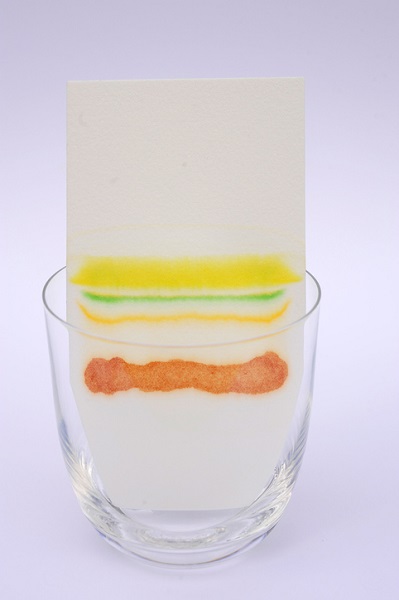
High Performance Liquid Chromatography is used in many industries including in the pharmaceutical, food, cosmetic, and the environmental sectors. The history of HPLC begins with the invention of chromatography itself, just after the turn of the 20th century. It has since evolved to become the liquid chromatography we know and use today.
If you’re hoping to work with testing in the pharmaceutical industry, you may be interested to know the history of how HPLC came to be. Interestingly, many of the developments along HPLC’s journey came from industry professionals and not from university researchers or professors. Read on to learn more about this method’s background and development.
The Beginning of Chromatography Explained for Students in HPLC Courses
What is chromatography? Chromatography analyzes a mixture by separating its compounds.
1903: The year that Mikhail Tsvet, a botanist from Russia, is said to have invented the technique of chromatography.
- Tsvet separated plant pigments into various coloured bands.
- He passed the pigments through a column of calcium carbonate, after extracting them from leaves using alcohol and ether.
- Tsvet first wrote about chromatography in 1906. He wrote two pieces about chlorophyll that appeared in a German botanical journal.
- He performed a demonstration of the method in 1907, in front of the German Botanical Society.
Tsvet’s work was the first step towards the development of HPLC, a complex and valuable method used in today’s pharmaceutical testing careers.

Pigments extracted from leaves were used when chromatography was invented
Partition and Paper Chromatography as a Next Step
The next step in the invention of chromatography was the development of partition chromatography as a theory. John Porter Martin and Richard Laurence Millington Synge were working at the Wool Industries Research Association in England when they conceptualized a process of separation using two liquid phases.
Stationary Phase: Martin and Synge used columns of silica with water, along with a second liquid flowing through the column (the second liquid was not miscible, or able to mix with the other liquid).
Mobile Phase: For this phase, the pair used organic solvent chloroform.
With this method, components would distribute between the two liquid phases, according to their affinity for each phase. This spreading would allow for components to be collected upon exiting the system. Partition chromatography is the basis for HPLC. In fact, Martin and Synge would go on to win the Nobel Prize in Chemistry in 1952 for their invention.
1944: Paper chromatography is invented, and used originally to identify amino acids. The inventors credited with this are Martin once again, with two other inventors named Consden and Gordon. It also uses stationary and mobile phases, separating coloured components.

Paper chromatography separates coloured components using stationary and mobile phases
High Performance Liquid Chromatography for Pharmaceutical Testing
Gas chromatography became the major technique for separating compounds in mixtures during the 60s, but it was a limited technique and called for improvement. Matter needs to be vaporized for this method, which has its drawbacks and reduces the number of compounds that can be analyzed.
HPLC allows for larger as well as polar molecules to be analyzed, providing more opportunity than gas chromatography. Liquid chromatography became interesting to researchers in the 60s and showed promise for replacing gas methods as the leading technique.
The first commercially available HPLC system, the ALC100 HPLC, was developed by Waters Associates (now Waters Corporation), a company offering analytic tools and systems to scientists, in 1967. By the 1980s, HPLC was being commonly used in the world of science.
Today, HPLC is widely used and because it isn’t limited by compound stability, it is a versatile and effective analytical method. HPLC courses help graduates qualify for a range of career opportunities, in industries that are constantly pushing the boundaries of scientific potential, such as pharmaceuticals.

A career in pharmaceutical research may await those with HPLC skills and training
Are you interested in courses that point to a career in pharmaceutical laboratory testing?
Contact AAPS to learn more!



